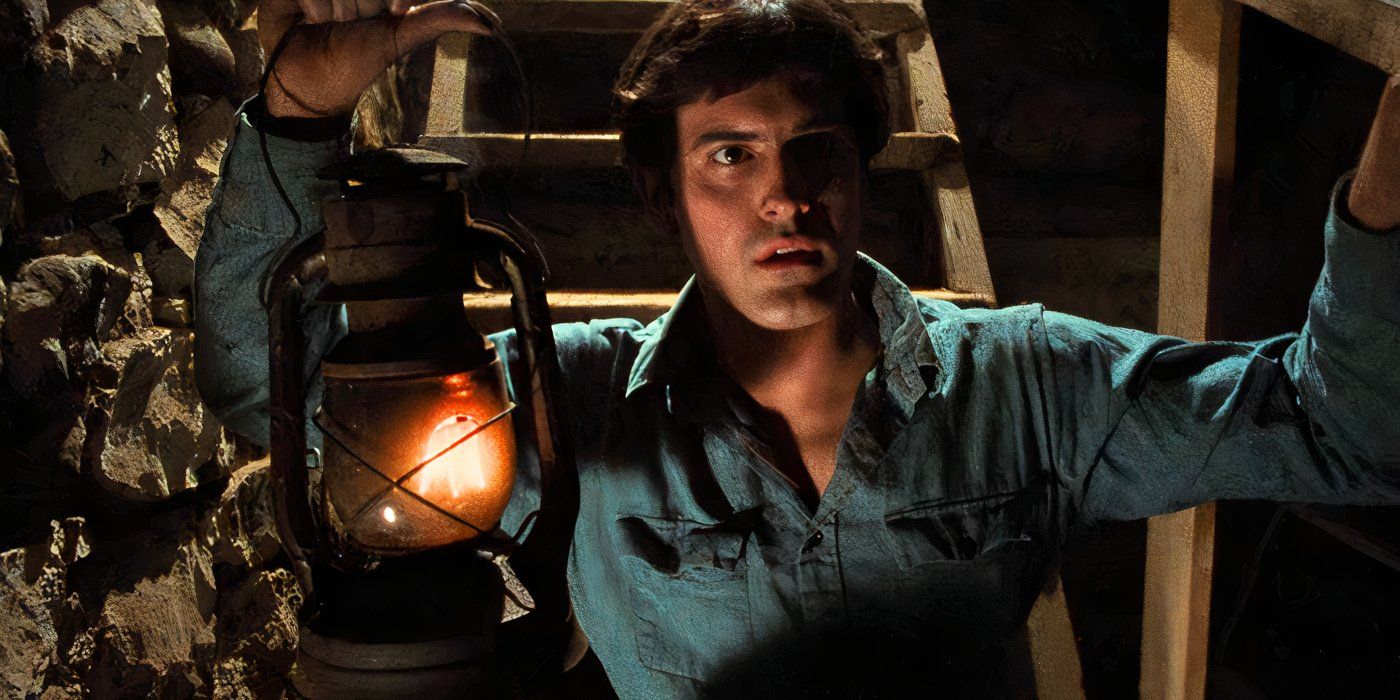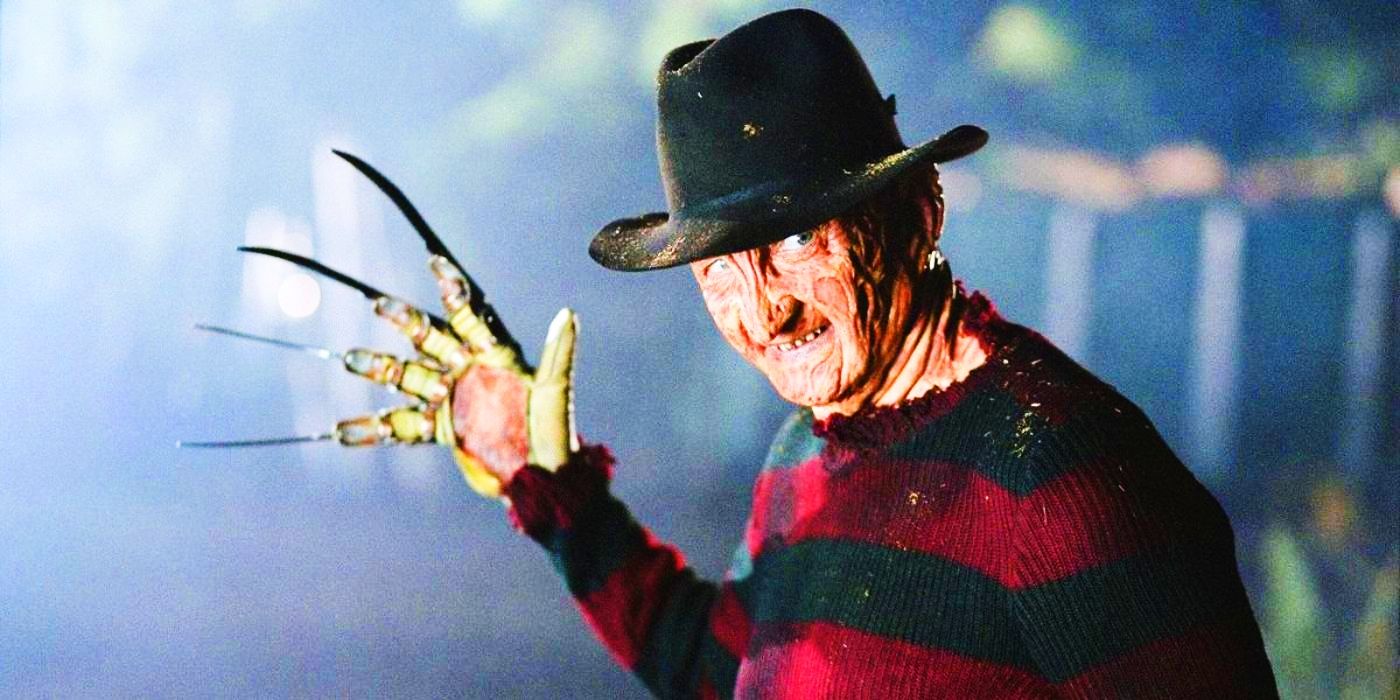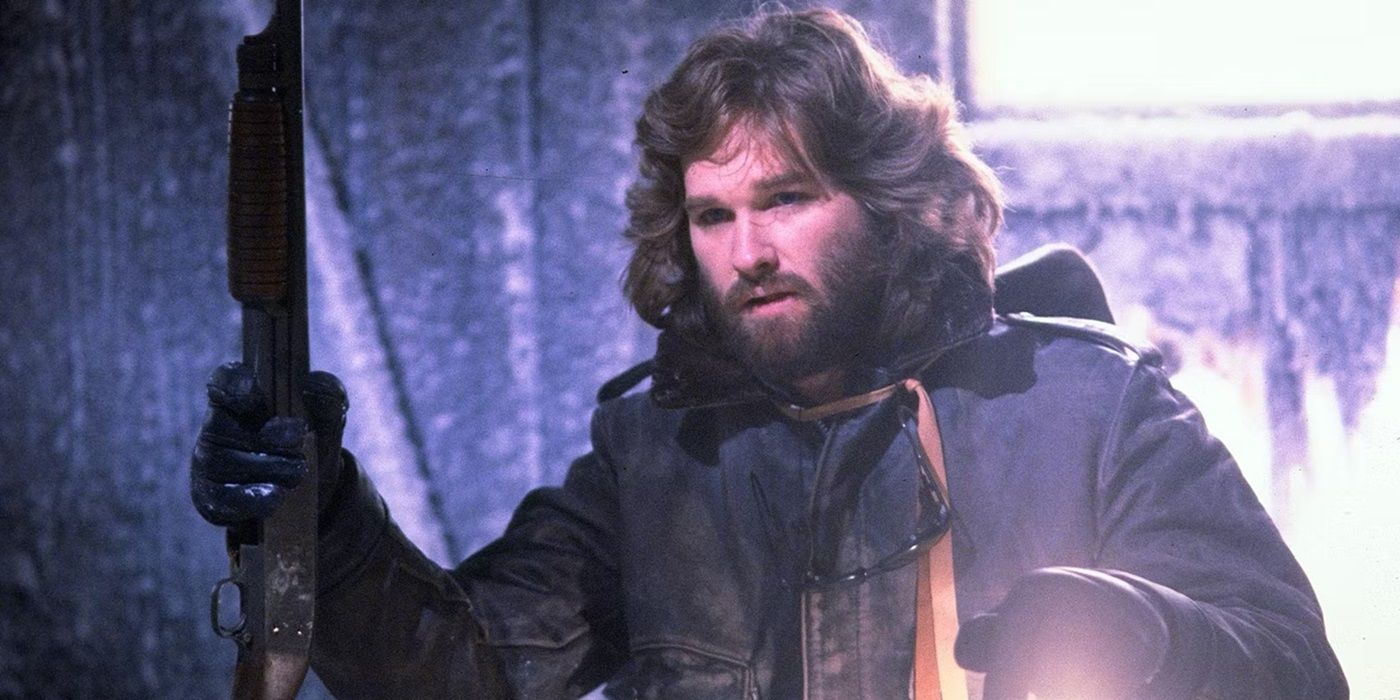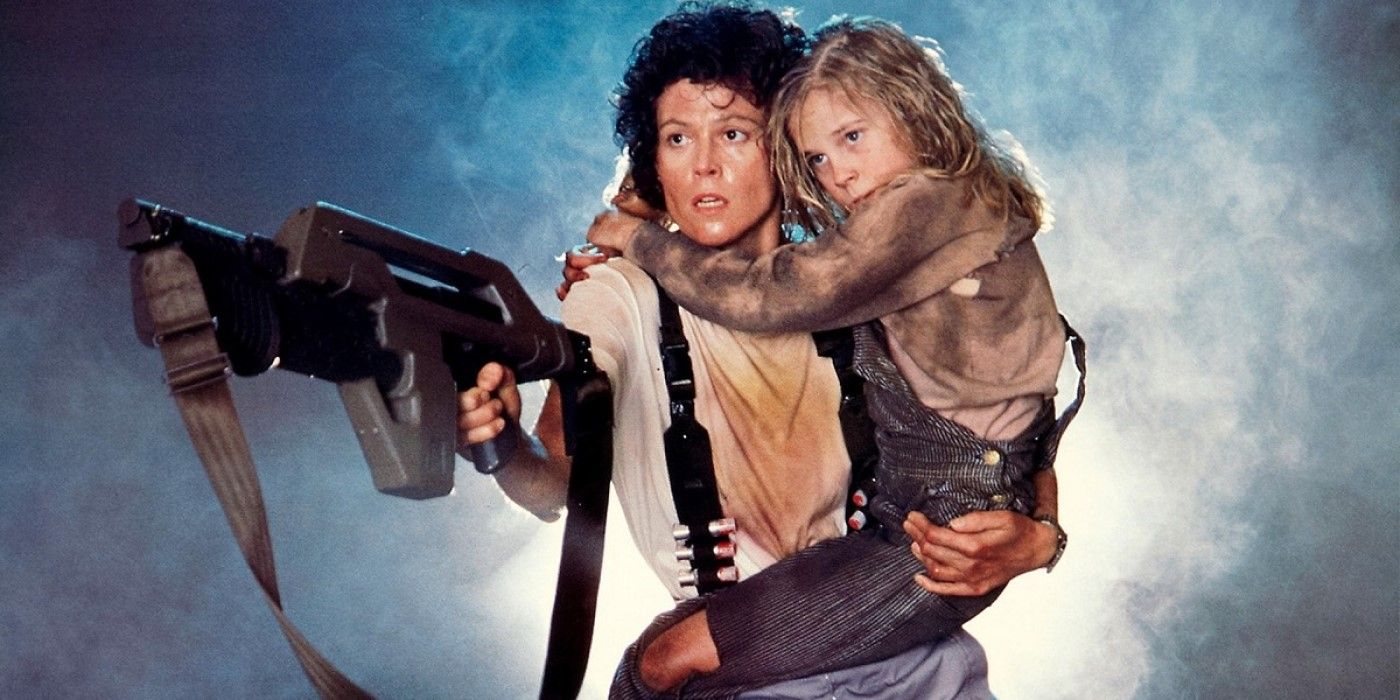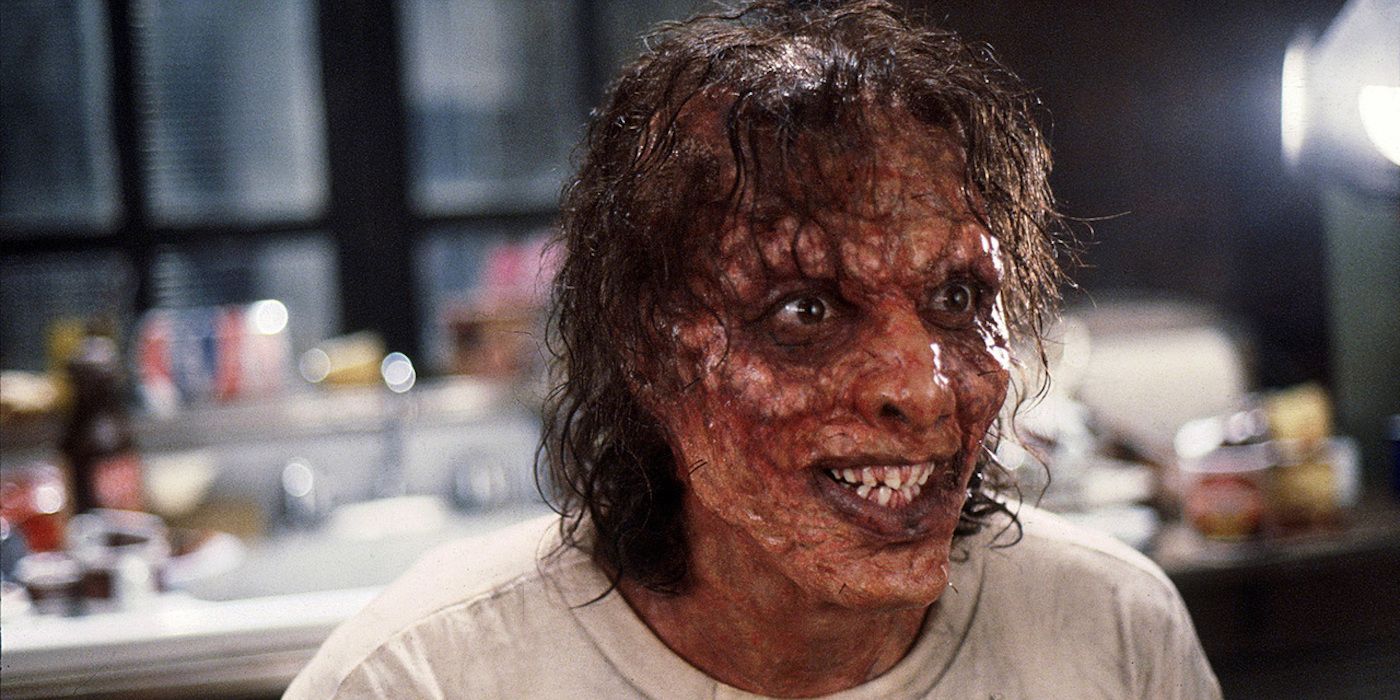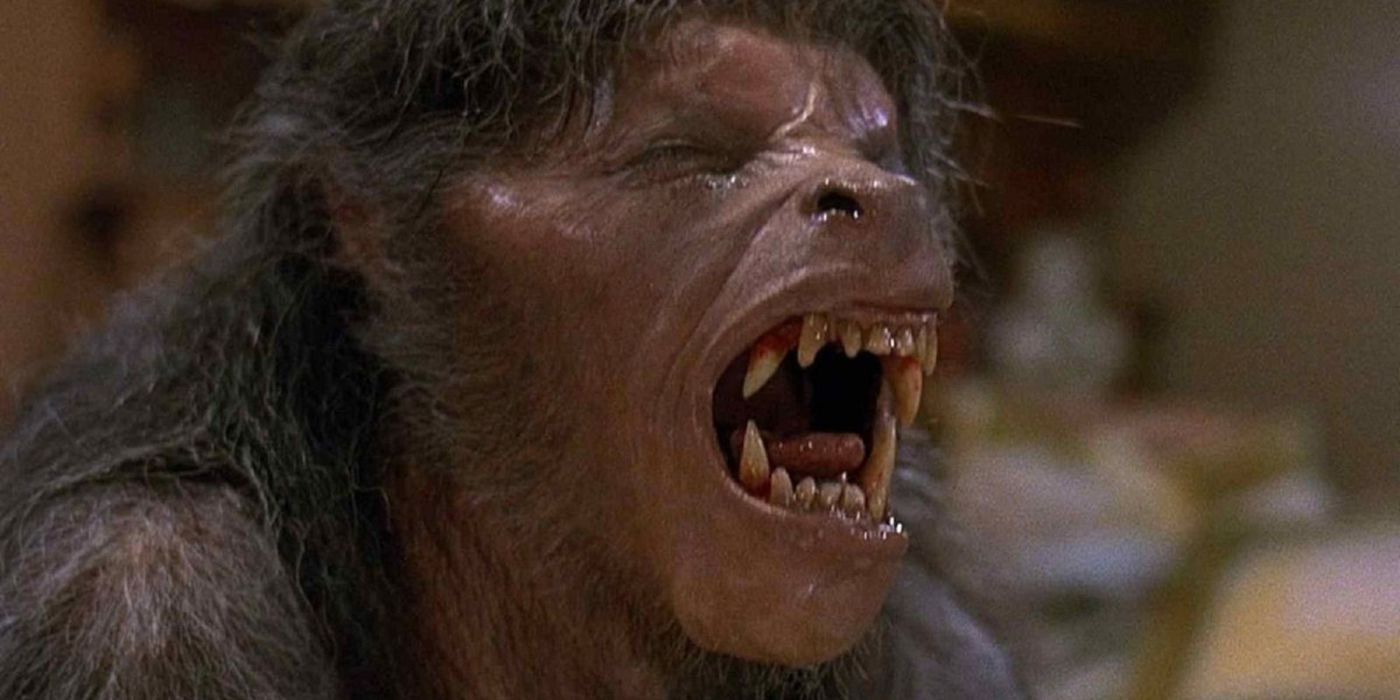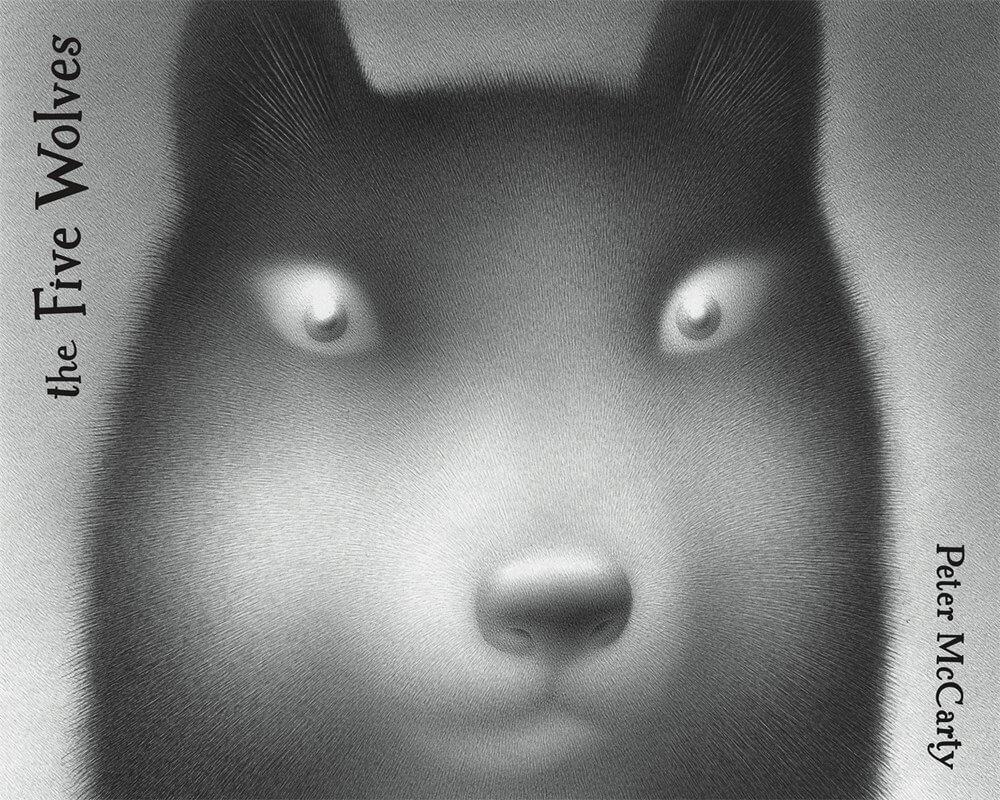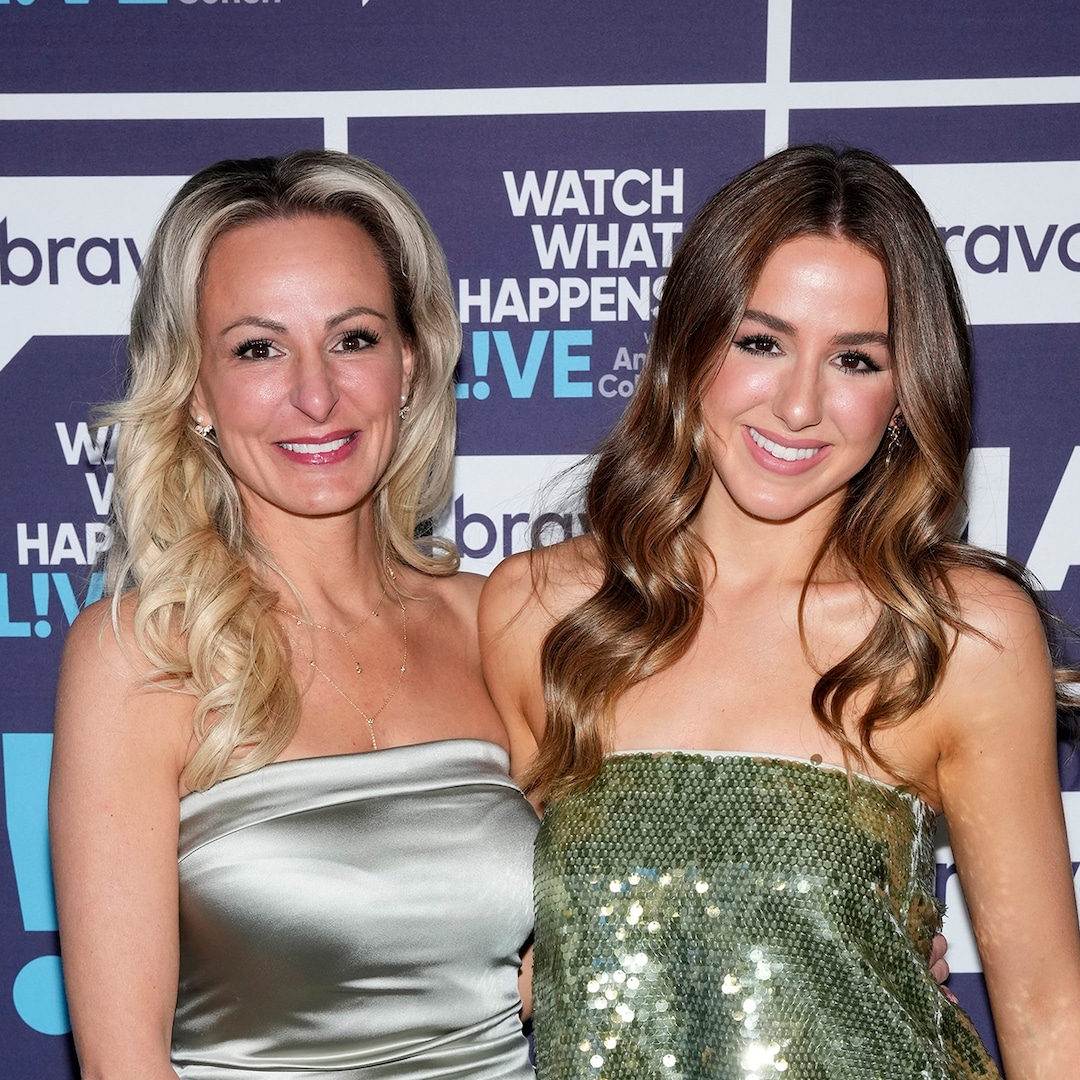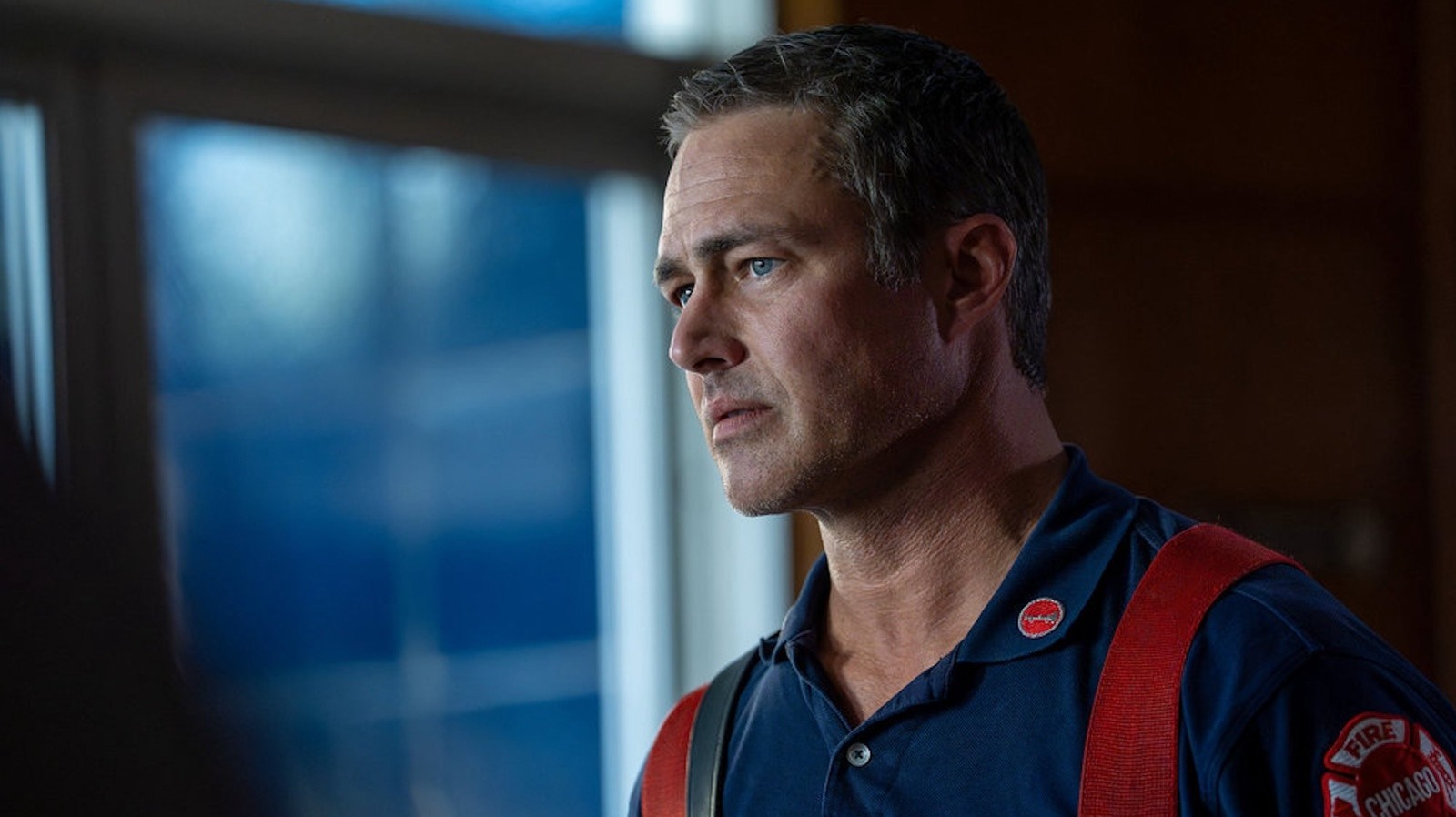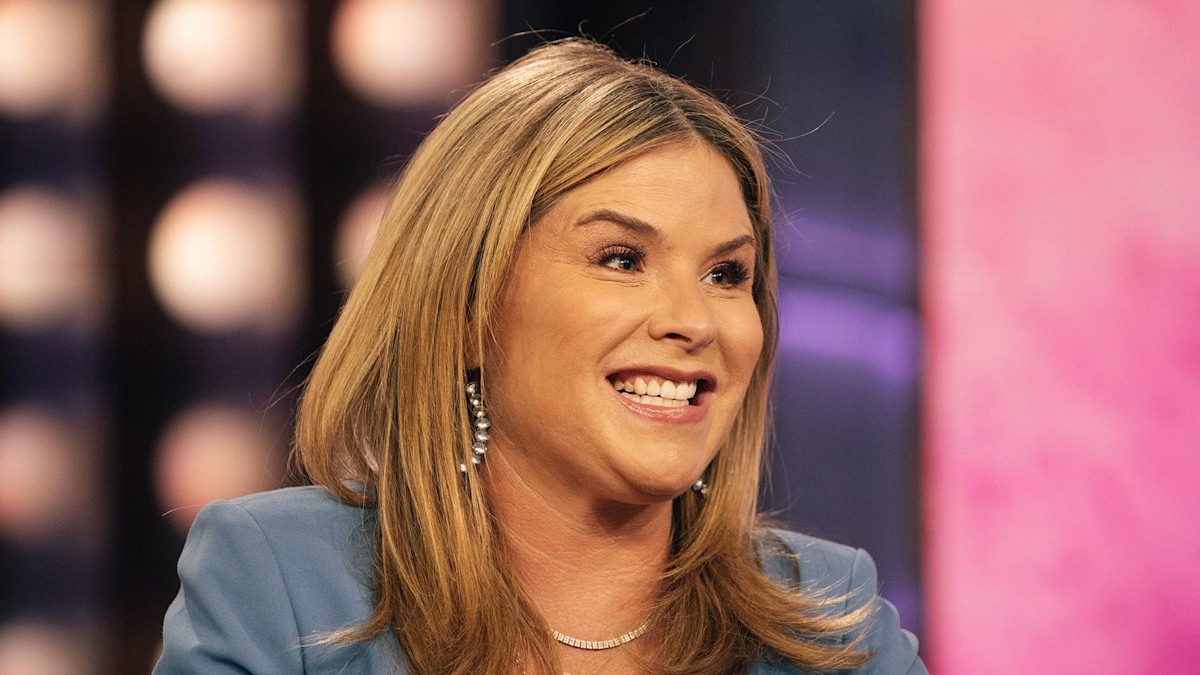Every decade produces some amazing horror movies, but there was something extra special about the boom the genre experienced during the 1980s. When I throw on an old horror movie for background noise (and yeah, I know, the sounds of death shouldn’t be background noise), I’m probably picking something from the ’80s. There was an exciting level of experimentation with genre mashing that allowed horror to take on all types of forms, proving it to be one of the most versatile categories in cinema.
Absolute classics were made during the ’80s, and even the bad slashers were a hell of a lot of fun. From defining sub-genres to elevating Hollywood’s concept of what horror could look like, the decade helped shape modern big-screen frights into what we know and love. So, in no particular order, these are the horror movies from the ’80s that I’m thankful were made.
10
‘The Evil Dead’ (1981)
Directed by Sam Raimi
A group of students faces an ancient evil after touching things that don’t belong to them in The Evil Dead. Ash Williams (Bruce Campbell) and his friends go to blow off steam in a remote cabin, but after playing a tape that unleashes a demonic entity, the group is subjected to a deadly, unseen force. When Ash’s friends are murdered and possessed, he’ll be forced to defend himself against an evil that will chase him for the rest of his life.
There are those movies that forever cast a shadow on certain experiences, and I think The Evil Dead will never allow me to look at a small cabin in the woods the same way. I appreciate the raw creativity and do-it-yourself energy on display in The Evil Dead, and I’m glad that it exists to inspire future filmmakers to just pick up a camera and try. Decidedly oddball, each Evil Dead movie is very different, but as long as Campbell is there to kill deadites, I was in.
9
‘Friday the 13th’ (1980)
Directed by Sean S. Cunningham
Camp Crystal Lake begins to earn its bloody reputation in the first Friday the 13th. A group of camp counselors arrive early to set up for the soon-to-arrive campers, but a stalker with a grudge begins to kill them one by one. Before long, only one counselor will be left standing to face off against the person who has murdered the unsuspecting teens.
Friday the 13th didn’t reinvent the wheel, but it definitely helped create a roadmap for future slashers that many adhered to for years to come. The movie wasn’t the first to give the audience the killer’s POV, but it was used in a more pronounced way to add mystery and tension while keeping the plot moving. Simple tricks like that and what were, at the time, creative kills helped kickstart one of the longest-running horror franchises of all time.
8
‘A Nightmare on Elm Street’ (1984)
Directed by Wes Craven
A new icon in horror was introduced when Freddy Krueger (Robert Englund) began invading dreams in A Nightmare on Elm Street. A mysterious killer named Freddy is invading the dreams of Nancy (Heather Langenkamp) and her friends, but the damage he does in their dreams hurts their sleeping bodies. Nancy can’t stay awake forever, so she races to find out more about why she’s a target before Freddy claims her as his next victim.
A Nightmare on Elm Street is a reminder that a storyteller can do whatever they want to with horror. A slasher might have tropes everyone expects, but with a little creativity, the genre can be turned upside down with a premise that allows anything to happen. If a studio can ever find a proper replacement for Englund, a new A Nightmare on Elm Street would do well with some of the new voices in horror who could have a field day bringing nightmares to life.
7
‘The Shining’ (1980)
Directed by Stanley Kubrick
The movie that showed the world how dangerous it is to your mental health to write a novel, The Shining is one of the most iconic horror movies of the ’80s. Jack Nicholson takes on one of his most famous roles as Jack Torrance, a struggling writer and recovering alcoholic who moves his family to the Overlook Hotel to work as a caretaker during its off-season. As the ghosts of the hotel slowly drive Jack to insanity, his family inches closer to mortal danger.
I love both the novel by Stephen King and the movie, but I consider them two separate pieces of fiction. The book emphasizes the loving relationship between the father and son; how much Jack struggles with his demons, and the shame of losing the battle to them, while the movie is Kubrick doing his take on a haunted house story. The Shining has an ominous feeling from the first seconds, and it continues to outdo itself with iconic shots that are unforgettable.
6
‘The Thing’ (1982)
Directed by John Carpenter
An Arctic research station gets an uninvited visitor in the form of a shape-shifting alien in John Carpenter’s The Thing. The scientists and researchers unknowingly allow a dog to enter their remote work station and living quarters, not realizing the dog is a predator that can take the shape of other organic lifeforms. As the men are attacked and their numbers dwindle, the will to survive will cause them to suspect anyone around them could be a killer in disguise.
I’ll take story over gore every time, but The Thing does both brilliantly, offering the monstrous visuals to punctuate the growing tension and paranoia of the plot. Based on the creativity and implementation of the special effects, I still think they hold up today to make squeamish viewers turn away from the screen. When my wife wants me to leave the room, she puts on an episode of The Real Housewives; when I want her to leave, I put on The Thing.
5
‘Aliens’ (1986)
Directed by James Cameron
Director James Cameron takes the saga of the deadly Xenomorph aliens to the next level in the action-packed horror sequel, Aliens. Ellen Ripley (Sigourney Weaver) may have survived her first encounter with the vicious Xenomorph alien, but soon after she is rescued from an extended hypersleep, she is asked to face them again when communication is lost with a colony. Even though Ripley is flanked by trained Colonial Marines, their weapons will soon prove no match for a swarm of deadly aliens.
Aliens is that unicorn of a movie that improves on the original. A flawless sequel that mixes horror, action, and science fiction into one package for a movie that never loses its impact, no matter how many times I watch it. The deleted scene where Ripley finds out her daughter died of old age while she was in hypersleep elevates Aliens further by adding weight to Ripley’s selfless determination to keep Newt safe in the face of certain death.
4
‘Poltergeist’ (1982)
Directed by Tobe Hooper
In Poltergeist, Steven Freeling (Craig T. Nelson) and his wife Diane (JoBeth Williams) move their three children into a developing community with the hopes of growing roots, but those roots disturb the dead buried beneath them. As a supernatural force wages war on the family, going so far as to abduct their youngest daughter, Carol Anne (Heather O’Rourke), the parents enlist outside help to retrieve their daughter and leave their cursed home.
Poltergeist is so effective for me because it gives the audience a family of protagonists that they want to see overcome the odds. There are so many horror movies, even one involving families, where the characters are so underdeveloped that it’s a given that everyone on screen is a future dead body waiting to happen. But by melding a family drama into a horror movie, it’s a completely different experience that plays on the heartstrings while still being scary.
3
‘Creepshow’ (1982)
Directed by George A. Romero
Horror masters Stephen King and George A. Romero combined their talents to create the beloved horror anthology film Creepshow. Inspired by the EC horror comics from the 1950s, Creepshow uses comic book imagery to frame five short stories starring actors including Ted Danson, Adrienne Barbeau, and even King himself.
I’m an avid lover of horror anthologies, and Creepshow is a wonderful campy throwback to the pulpy horror comic books that delivered grotesque morality tales a few pages at a time. Creepshow makes a great argument for the idea that horror doesn’t always have to be scary as long as it’s fun, and the collection of stories in the first film delivers that in large doses with splashy visuals and scene-chewing performances. If I can’t have more Tales From the Crypt, I’ll gladly accept Creepshow as the enduring franchise for horror shorts.
2
‘The Fly’ (1986)
Directed by David Cronenberg
In director David Cronenberg’s version of The Fly, genius scientist Seth Brundle (Jeff Goldblum) creates a revolutionary piece of technology that will teleport living matter. However, when Brundle tests the equipment on himself, his DNA is accidentally mixed with a housefly that flew into the pod with him. Although Brundle initially enjoys incredible strength, the celebration turns to horror when he slowly begins to transform into a grotesque creature.
The Fly is a wonderful piece of character-driven horror that I love to revisit. Goldbloom gives an all-time great performance in The Fly that is both charming and gradually menacing while being heartbreaking at the same time. It’s a simple story told very well that honors the spirit of the original while taking the concept into the modern age. While I want to look away as Brundle loses his last traces of humanity to become a monster fully, I find myself leaning in close to take in the artistry of that character design.
1
’An American Werewolf in London’ (1981)
Directed by John Landis
Two friends’ European backpacking trip is cut short after a werewolf attacks in An American Werewolf in London. David (David Naughton) and Jack (Griffin Dunne) are attacked while hiking, leaving Jack dead and David wounded but recovering in a London hospital. As David heals and enters a romance with nurse Alex Price (Jenny Agutter), he is visited by the mangled ghost of Jack, warning him he will turn into a werewolf by the next full moon.
An American Werewolf in London is a horror tragedy with a tone hard to find in other movies. The film uses humor better than the majority of horror movies, achieving multiple moods with its presence. The comedy, of course, makes the characters likable, but it also adds sadness to the inevitable deaths the film foreshadows. When the mutilated victims of David gleefully offer suggestions on how he should kill himself before the next full moon, the humor is unsettling and darkly effective at the same time.

